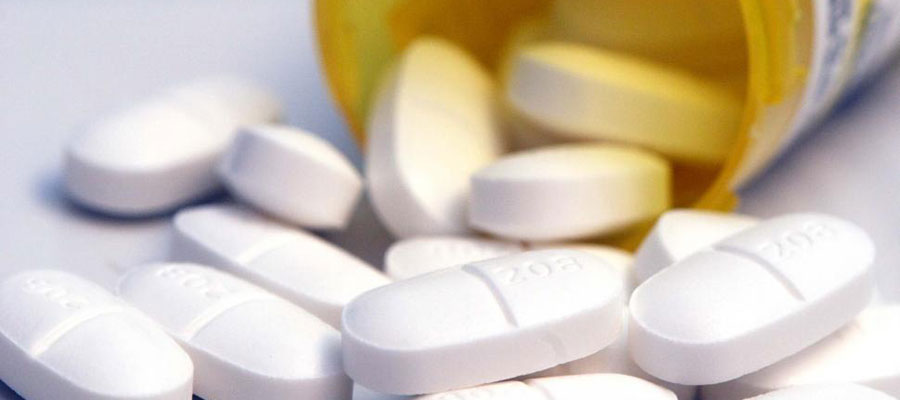Closing the Education Gap on Opioid Disposal
The opioid epidemic is a complex, multi-faceted health issue and a top concern for all stakeholders involved in today’s healthcare system. Are patients empowered to make informed decisions about their prescribed opioids? A recent study suggests the opposite; most patients are unaware of how to properly dispose of their unused medications.
According to a study published last month in Anesthesia & Analgesia on postoperative opioid disposal practices, the education gap is severe. The study included 140 patients who underwent elective same-day or inpatient joint and spine surgery between August and November of 2016. They found that 73% of patients reported still possessing opioids at one month postop after stopping use. Over 90% of patients at both one and 6 month follow-ups reported unsafe storage and failure to properly dispose of the medications. The group concluded that more interventions are needed to educate patients on safe disposal.
Removing expired, unwanted, or unused medicines from the home reduces the chances of accidental ingestion or intentional misuse. Proper disposal also minimizes the amount of drugs entering the environment. Especially in homes with small children, older adults with cognitive impairment, and persons with substance use disorders, the risks of accidental ingestion can be extremely hazardous to a family member’s health.
Practices can close this education gap as leaders of their communities by disseminating the below information. Including take-back site addresses on your posted opioid policy is a good place to start. Additionally, listing disposal techniques on your practice e-newsletter allows patients to access the information right from their inboxes. When counseling a patient on drug risks at time of prescription, be sure to mention how these safe disposal practices mitigate risks to family and friends. Patients need to know where to go and how to handle these substances with care to ensure their family members are protected. With effective communication, practices can assist in the effort towards greater community health.
3 Best Practices for Safe Opioid Disposal
1. Take-Back Programs
Drug take-back programs are organized by a local pharmacy, law enforcement agency, or community group to provide a convenient and safe path for patients to dispose of medications, and to increase the overall population health of a community. Sites can be easily found with the online national locator provided by the National Association of Boards of Pharmacy, which pinpoints exact locations in your local area to properly dispose of medications while completing your regular errands. This is by far the best option, as these sites are professionally equipped for disposal.
2. Safe Trash Disposal Method
If there are no take-back programs readily available in your local area, you can follow the recommended protocol for trash disposal. First mix medicines with a substance such as dirt, used coffee grounds, or cat litter, making sure not to crush any tablets or capsules. Put the mixture into a sealed container, such as a plastic bag, and then throw it into the household trash. Make sure to scratch out your personal information on the container label as well.
3. Flushing
A small number of medicines designated by the FDA as especially harmful are recommended to flush down the toilet when a drug take-back program is unavailable. The FDA has concluded that the risk posed by these medications if a person should come into contact with them is extreme, and flushing is the best way to dispose when other instructions have not been specifically provided. The list can be found here.



